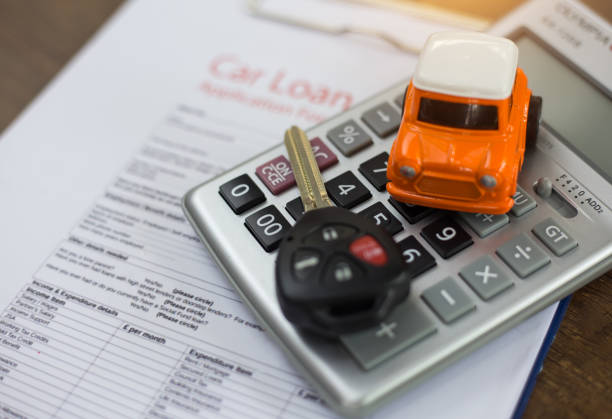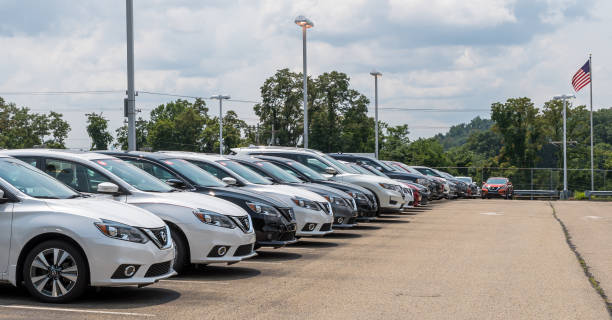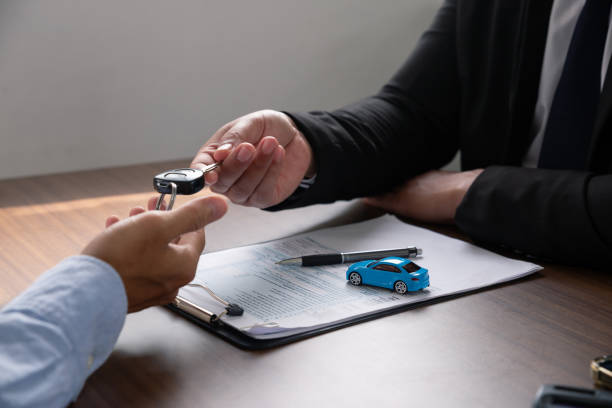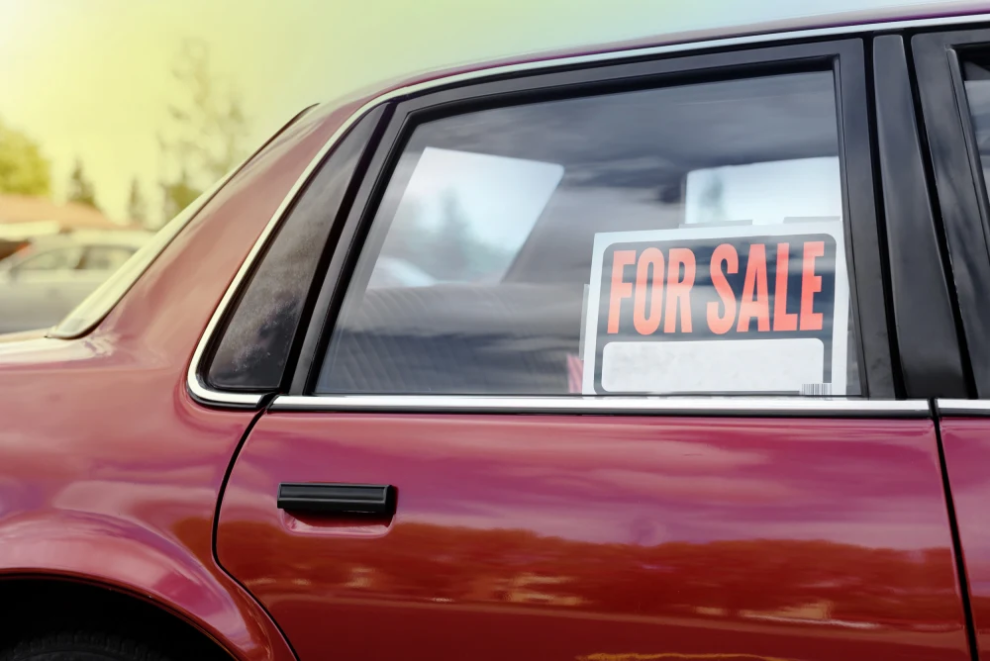Introduction
Purchasing a used car can be overwhelming, particularly when you fear some defects that are not seen or being swindled. As average car prices in the new market cross 50,000, more Americans are seeking the used car market, where three-year-old cars can be found in the market at an average price of about 31,000. The most important consideration of the successful purchase is preparation and inspection.
This action plan will get you through each and every part of the process, starting with laying your budget to picking your car and knowing you have made a purchase.
Step 1: Determine Your Budget and Needs

It is important to begin by computing what you are able to afford. The general guideline is to pay no more than ten percent of your after-tax income as the monthly car payment with the overall car costs being less than twenty percent of your earnings.
Your budget should include:
- Vehicle purchase price
- Down payment (target 10-20% of the price of the car)
- Taxes, title and registration charges (usually 200-500 dollars)
- Insurance costs
- Repair or maintenance ( tires, brakes, oil changes, etc.)
Think about what kind of car will suit you. Do you have to use a fuel-efficient sedan such as a Toyota Camry (2015-2017) to get to work every day or is a reliable truck such as a Ford F-150 (2016-2018) more appropriate to your job?
Step 2: Research Your Target Vehicles
Narrow down on three or five models that are within your budget and requirements. Reliability ratings of research, frequent issues and annual maintenance expenses of each model. Such models as the Honda Civic (2016-2018) are rather long-lasting and inexpensive to maintain, whereas a Mazda3 (2017-2019) is more sporty with a high level of fuel efficiency.
Compare using such sources as Consumer Reports, Kelley Blue Book, and Edmunds:
- Fuel economy estimates
- Insurance costs
- Safety ratings
- Typical repair costs
Step 3: Find Used Cars for Sale
Find credible sources to look for vehicles:
- Online auctions: Autotrader, Cars.com, and the websites of the manufacturers provide comprehensive lists containing detailed information.
- Local dealerships: These can offer certified pre-owned (CPO) cars and guarantees as well as extensive checks.
- Online retailers: Online retailers such as Carvana and CarMax will have home delivery and a policy of return policy, but the cost might be higher.
Step 4: Inspect the Car Thoroughly
Before test driving, a visual inspection should be done:
- Exterior: Check for rust, dents, scratches, and paint mismatch as this can be a sign of an accident.
- Tires: Conformity of wear. Wear imbalance may indicate a problem with alignment or a lack of maintenance.
- Interior: Check on seats, controls, and electronics on too much wear, which could be as a sign of high usage or carelessness.
- Engine bay: Check the battery terminals, fluid leaks or any other form of unusual wear and tear as a sign of poor maintenance.
Step 5: Take a Comprehensive Test Drive
Commute the car at least 10-15 minutes under different conditions:
- Test street and highway speeds of the city.
- Tests all lights, signals, and electronic systems in proper operation.
- Hear strange sounds in the absence of the radio.
- Note the acceleration, braking and steering of the car.
- Make sure that you are fine with the seat position and controls.
Step 6: Get a Vehicle History Report

Obtaining a vehicle history report of a car by the VIN is always necessary. Such services as Carfax and AutoCheck can tell:
- The past accidents or damages.
- Title problems (clean, salvage or flood damaged)
- Number of previous owners
- Service records
- The use of the car as a rental or taxi.
Some of the red flags are numerous accidents, title, or lapses in records of maintenance.
Step 7: Have a Mechanic Inspect the Car
Arrange a pre-purchase inspection of your car by a reputable mechanic with a preference to an expert of your targeted brand. With the help of this 100-200 dollar investment, thousands can be saved because it can determine:
- Hidden mechanical problems
- Repairs and maintenance are required.
- Safety issues
- Overall vehicle condition
- Negotiate points with any found problems during price talks.
Step 8: Negotiate the Price
Before negotiating, research the market value of the car on Kelley Blue Book or Edmunds. Begin a price towards the lower end of the market scale, and leverage it with any problems found.
Key negotiating tips:
- Concentrate on the overall out-the-door price and not payments per month.
- Be ready to leave the seller who is not willing to give you the highest price you have to pay.
- Do not put trade-in value in your first negotiations.
Step 9: Finalize the Purchase

Make sure you carry all the paperwork:
- Title: Proof of ownership
- Bill of sale: A Document that indicates that you have paid the car.
- Odometer disclosure: Checks the accuracy of the mileage.
- Warranty documentation: Covers what (or nothing) is covered.
Reading all the documents and knowing what they entail before signing anything is important.
Frequently Asked Questions
What is the way to verify the authenticity of the vehicle history report?
Reports to established companies such as Carfax or AutoCheck should be used and the VIN should be matched with the vehicle. Watch out of sellers who are not offering the VIN or appear to be avoidant of the vehicle history.
What should be some of the red flags during a test drive?
Look out of atypical sounds, pulsations, cautionary illumination, or steering deficiencies. The first step is to ensure the car starts as expected, shifts, and brakes without drawing to a particular direction.
What do I budget for repairs after purchasing a second-hand car?
Reserve 10-15 percent of the purchase price as possible repair and maintenance in the first year, particularly with the older car or one that has no warranty.
Should one purchase a used car in a dealership or from an individual?
Some dealerships offer warranties and CPO programs, but at higher prices. The prices are often lower, with more due diligence required by the buyers who have to purchase privately. Select depending on the level of comfort and expertise.
Smart Decisions when buying a used car
To purchase a used vehicle safely, one has to wait, research, and have the car inspected properly. These steps will help you prevent some of the pitfalls, as well as get you a good vehicle that will serve you in the years to come.
It should be remembered that the key aspect of the process is being informed. You should also take your time and never hurry to make decisions; always stay on the safe side rather than focus on saving.
Legal Warning: The present information is not professional advice, but is merely general advice. Never rely on what the seller says; always check the vehicle history and condition by yourself and ask legal or financial experts to get individual recommendations. The buyer should exercise caution when dealing with the unknown and refrain from entering into any agreement without being familiar with the deal’s terms.












Add Comment